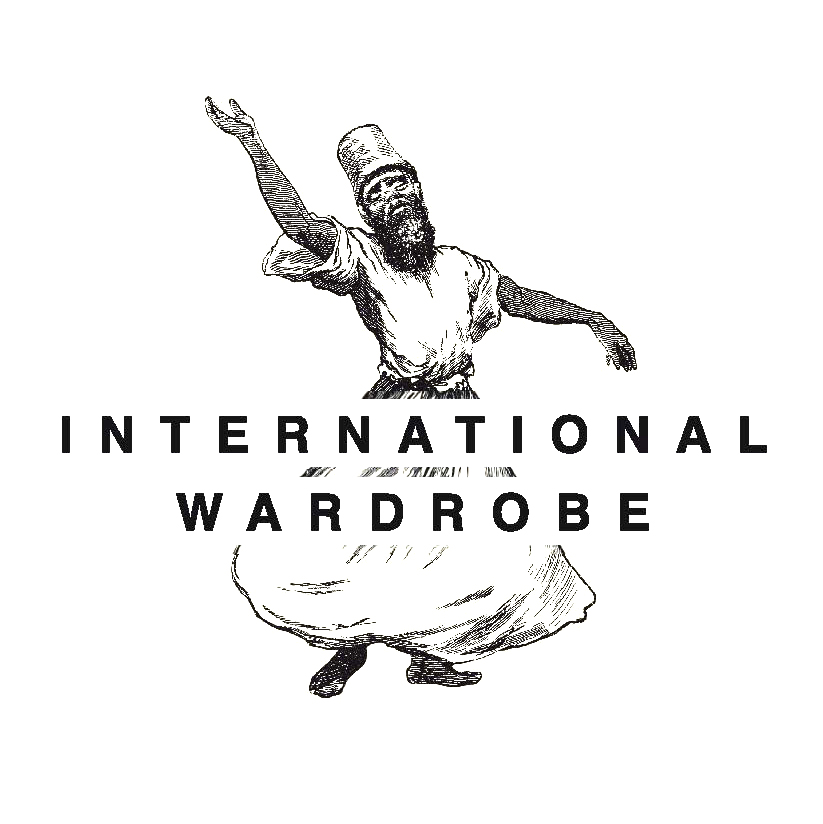Ikat is a resist-dye weaving process where unwoven threads are tied off and dyed. Before threading the loom, the yarn is separated into long strands and subjected to a process similar to batik: individual or small bundles of unwoven threads are bound tightly in certain places, to prevent dye from adhering to those areas, and then dyed. The word ikat is of Indonesian origin and means to tie or bind. Ikat textiles are produced all over the world, especially in Indonesia, Malaysia, Japan and Central Asia and often created with the double ikat method, i.e. by resist-dying both warp and weft. The ikat fabrics from Uzbekistan are called abr, an originally Persian term meaning cloud. Thus abr-bandi, cloud-tying, refers to the binding technique that gives ikat its characteristic cloud-like pattern. Here only the warp yarns are bound tightly and dyed.
Since the dissolution of the Soviet Union there has been a large, government-funded initiative to encourage manual crafts. Particularly in the Fergana Valley, the numbers of manufacturers producing ikat completely by hand has grown exponentially.
The yodgorlik silk factory in Margilan, Fergana Valley, Uzbekistan:
The archaic looking silk production at the Yodgorlik silk factory is only for demonstrating the old way. Nowadays the silk spinning is done with maschines.
Once the dyed threads have been threaded onto the loom, the pattern is clear to see, and the actual weaving process is relatively straightforward.
While the patterns were still created manually, machines were already being used to some extent to bind the threads, and eventually the weaving process was completely automated. Today most ikats made of atlas are machine woven.
The workshop of Fazlitdin Dadajonov: The binding of the warp thread is a complicated work. For a visitor it is a miracle, how the ikat weaver don’t get confused with all the long and not fixed warp threads.
The production of baghmal, a thick, fluffy silk velvet ikat, is complex. During the ikat weaving, after every two or three passes of weft a wire or template is inserted instead of the weft. When several wires have been woven into the fabric, a knife is run along them to cut the loops and free the wires. And the fluffy flor arise.
Ikat workshop in the silk factory of Hotan, in the south of Xinjiang, China, at the borders of the Taklamakan desert.

